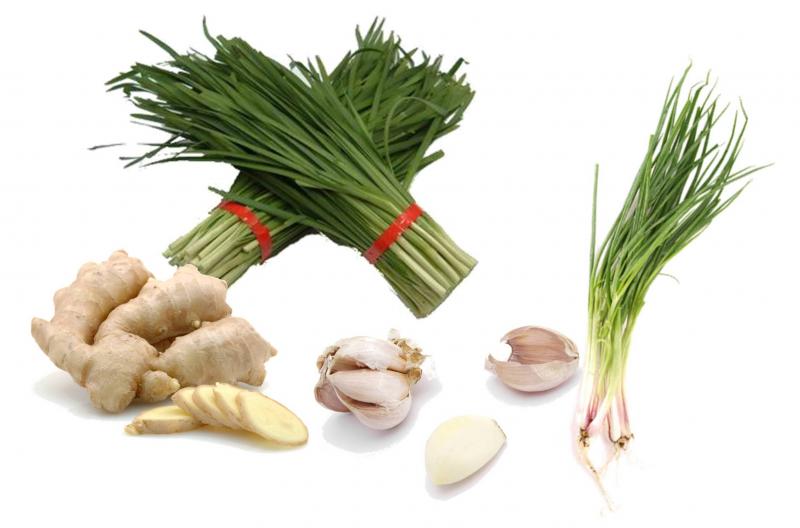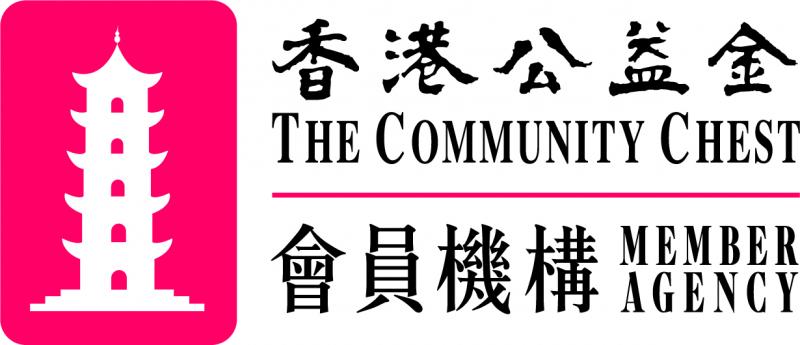
According to Traditional Chinese Medicine (TCM), daily diet can be managed through seasons and personal physique.
~Seasons~
| Spring |
When spring arrives, it gives us the power of renewal and rebirth. In a windy season, its weather will become warmer and suddenly turn cold. Wood which is the energy of spring possesses a huge of rising power. According to TMC, people ought to put an emphasis on nourishing Yang in spring and summer time. It is recommendable to increase sweet and pungent flavors in our diet. Examples of suggested foods are leeks, onions, garlic, ginger and etc. In order not to hurt the spleen and stomach, it is advisable to reduce the intake of sour flavors, raw and frozen foods in spring. |
|
| Summer |
Since the weather in summer is hot and wet, it is easy to get a cold. Fire which is the energy of summer is the time that Yang expands outside to a maximum capacity. It is also the fragile period to hurt Qi of our body. It is unadvisable to contain too many raw and frozen foods for the purpose of protecting our spleen and stomach and preventing from getting Cholera and diarrhea. It is suitable for people to intake more delicate and digestible foods to relieve summer heat, to strengthen the spleen and replenish Qi. Examples of recommended foods are watermelon, luffa, wax gourd, green bean, honey suckle flower and etc. |
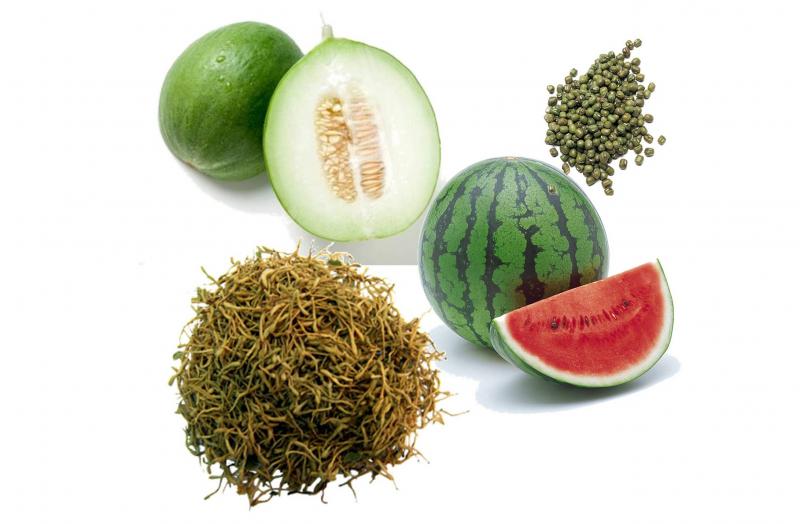 |
| Autumn |
In autumn, there is a fall in temperature and climate is dry. Metal which is the energy of autumn has a characteristic of turning inwards. Chinese Medicine doctors hold the belief that enriching Yin and moistening dryness are suitable in this season. It is suggested to take honey, fragrant solomonseal, pomelo and snow fungus. And people should reduce the intake of some spicy foods like barbecue, leek and garlic. |
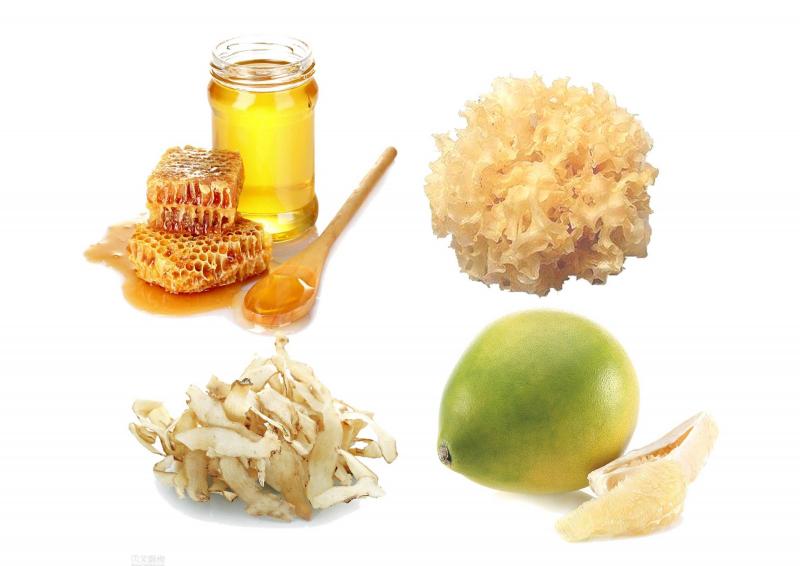 |
| Winter |
Winter is a suitable period for people to have dietary supplements under a low temperature. It associated with water is the time for people to subdue yang. It is recommendable to eat more food with bitter flavors whereas to reduce salty flavors. Fishes, lamb, black fungus and chestnut are the examples of foods which help warm the kidney and the stomach. Chronically ill patients should have the supplements based on their physique physical and health situation rather than intake too much tonic without any consideration. |
 |
~Physique~
Everyone’s physique is different due to their inborn and congenital factors. According to TCM, we can separate people into deficiency of Yin, Yang, Qi and blood.
| Yang deficiency |
This type of people is lacking of Yang and so it is difficult for the Yang to control yin. Aversion to cold, cold limbs, exhaustion, tasteless mouth with absence of thirst, clear and abundant urine, white coating on tongue, sunken and slow pulse are the symptoms of those who lack yang. It is advisable to eat beef, lamb, ginger, leek, cassia cinnamon, pepper and etc. |
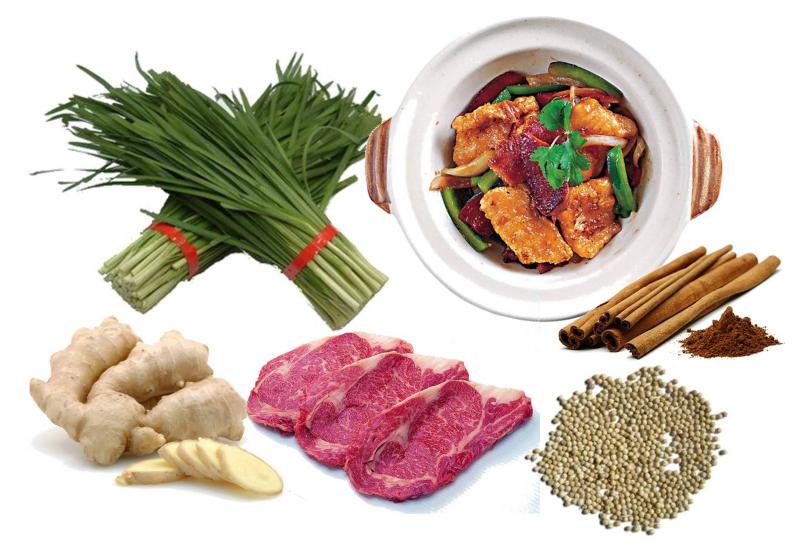 |
| Yin deficiency |
When Yin is deficient, it cannot control the Yang. People who lack Yin will have the below symptoms like emaciation, red cheek, dry throat, parched mouth, night sweats, tidal fever, feverish sensation of palms and soles, dry stools, red tongue with little coating, thread and rapid pulse. It is advisable to eat snow fungus, coastal Glehnia Root, polygonatum odoratum, lily and etc. |
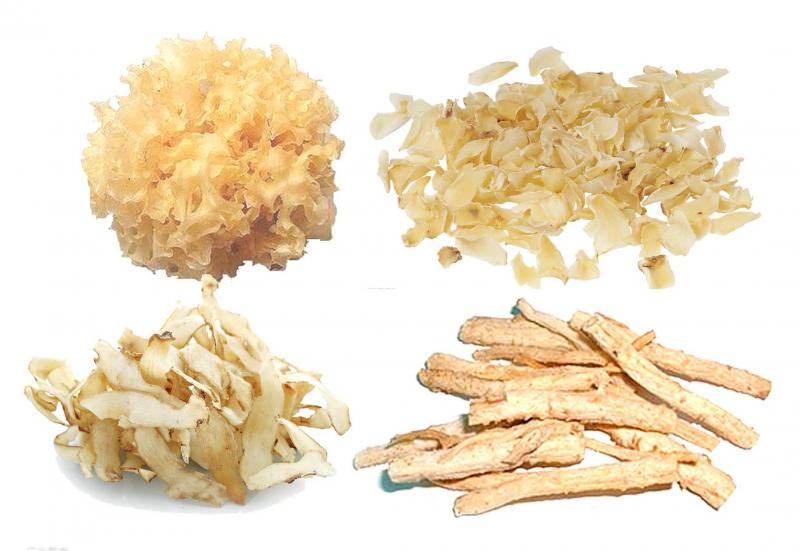 |
| Qi deficiency |
Functional activities of the human body will be comparatively low. Those who lack Qi will have the following symptoms such as exhaustion, no desire to speak, spontaneous sweating, pale complexion, and diarrheato, tongue being pink or light red in colour, teeth-printed tongue and weak pulse. It is advisable to eat chicken, codonopsis pilosulae, radix astragali, rhizome dioscoreae and etc. |
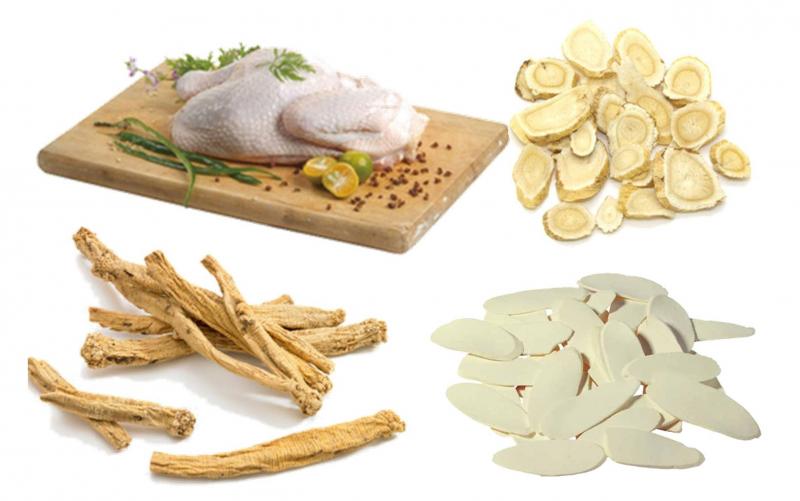 |
| Blood deficiency |
Those who suffer from blood deficiency will lead to a general debility. A lusterless complexion, pale lip, being dizzy, palpitation, scanty menstrual flow, pale tongue with white coating, thin or choppy pulse are the phenomena that will happen on those people. It is advisable to eat dried longan prip, Chinese jujube, angelica root, radix polygoni multiflori preparata and etc. |
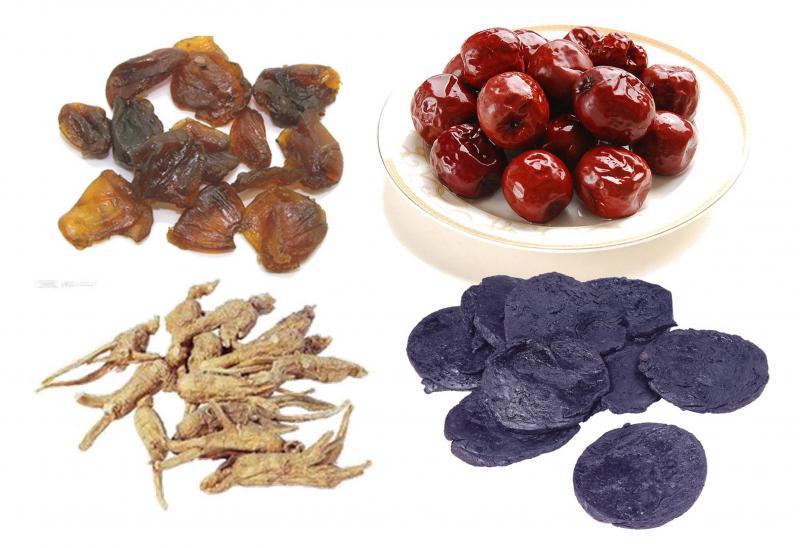 |

